|
Important notice about STEREO Behind
NASA'S STEREO spacecraft reveals anatomy of a solar storm in 3-D.
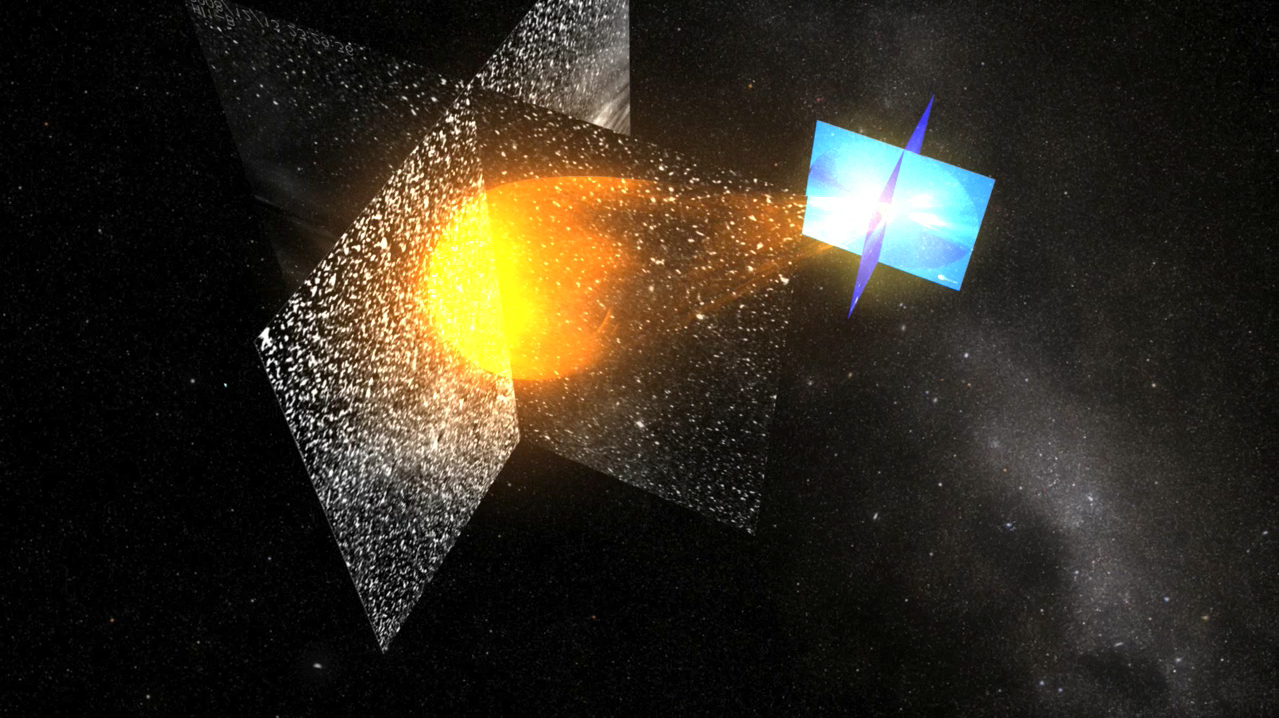
Observations in 3-D from NASA's twin Solar Terrestrial Relations Observatory (STEREO) spacecraft have allowed scientists, for the first time, to reveal the true size and shape of solar explosions known as coronal mass ejections, or CMEs. CMEs-giant clouds of plasma ejected into space by the sun-can cause magnetic storms affecting communication systems, power grids, and astronauts in space.
For more information, go to:
http://www.nasa.gov/home/hqnews/2009/apr/HQ_09-083_STEREO.html
 |
Dr. Michael Kaiser, STEREO project scientist, commenting on April 14, 2009 on the
3D modeling of coronal mass ejection by the STEREO mission. (Credit: NASA/Paul Alers) |
 |
Dr. Angelo Vourlidas, project scientist, Sun Earth Connection Coronal
and Heliospheric Investigation, commenting on April 14, 2009 on the
3D modeling of coronal mass ejection by the STEREO mission. (Credit:
NASA/Paul Alers) |
Movies
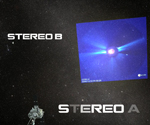 |
3D_CME.mov: Animation demonstrating how a three-dimensional model of a coronal mass ejection is constructed using data from the two NASA STEREO spacecraft.
|
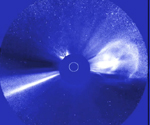 |
COR2A_2B_sidebyside.mov: Image sequence from telescopes onboard STEREO spacecraft showing a coronal mass ejection event on December 12-13, 2008. Data from both spacecraft are shown simultaneously.
|
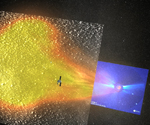 |
3D_CME_shot_01_nolabels.mov: Animation depicting STEREO-A viewing a coronal mass ejection leaving the sun between December 12-13, 2008.
|
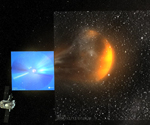 |
3D_CME_shot_02_nolabels.mov: Animation depicting STEREO-B viewing a coronal mass ejection leaving the sun between December 12-13, 2008.
|
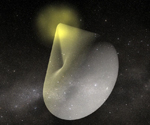 |
3D_CME_shot_03_nolabels.mov: Animation showing how the two views of the coronal mass ejection are used to create a 3-D model of its shape.
|
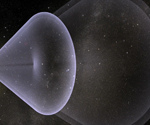 |
3D_CME_timelapse.mov: Animation depicting the shape of the December 12-13, 2008 coronal mass ejection at three points in its propagation.
|
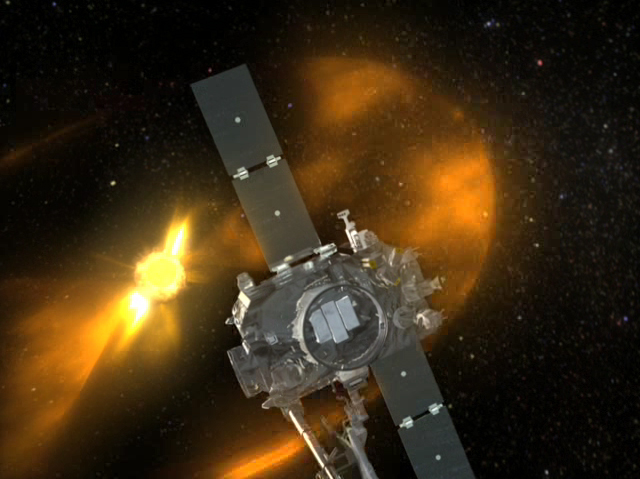 |
STEREO_beauty_pass.mov: Animation depicting the STEREO spacecraft observing an active sun.
|
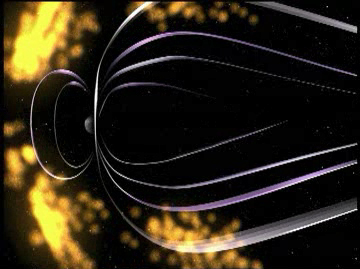 |
CME_overview.mov: Animation depicting a coronal mass ejection (CME) leaving the sun and causing magnetic storms on Earth. CMEs—giant clouds of plasma ejected into space by the sun—can cause magnetic storms affecting communication systems, power grids, and astronauts in space.
|
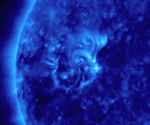 |
EUVI_wavelengths.mov: NASA spacecraft captured these images of the sun March 17-27, 2007. STEREO can see the sun in several different wavelengths. Each wavelength allows scientists to see different features on the sun.
|
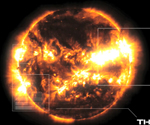 |
3D_CME_web_short.mov: Dr. Angelos Vourlidas, the Project Scientist for STEREO's Sun Earth Connection Coronal and Heliospheric Investivation (SECCHI) instrument, explains how the STEREO satellites have been able to observe the true size, shape, and three-dimensional structure of a coronal mass ejection for the first time.
|
Print Resolution Images
3D_CME.tif: Print-resolution image from a three-dimensional model of a coronal mass ejection is constructed using data from the two NASA STEREO spacecraft.
cor2a_b_new.tif: Print-resolution image from telescopes onboard STEREO spacecraft showing a coronal mass ejection event on December 12-13, 2008. Data from both spacecraft are shown simultaneously.
stereo_a_print.tif: Print-resolution image depicting STEREO-A viewing a coronal mass ejection leaving the sun between December 12-13, 2008.
stereo_ws_print.tif: Print-resolution image showing how STEREO's two views of the coronal mass ejection are used to create a 3-D model of its shape.
Last Revised: Thursday, 16-Apr-2009 08:21:05 EDT
Responsible NASA Official: ![[email address: therese.a.kucera<at>nasa<dot>gov]](/img/kucera_email.jpg)
Privacy Policy and Important Notices
Accessibility
Webmaster: Apexa Patel
|